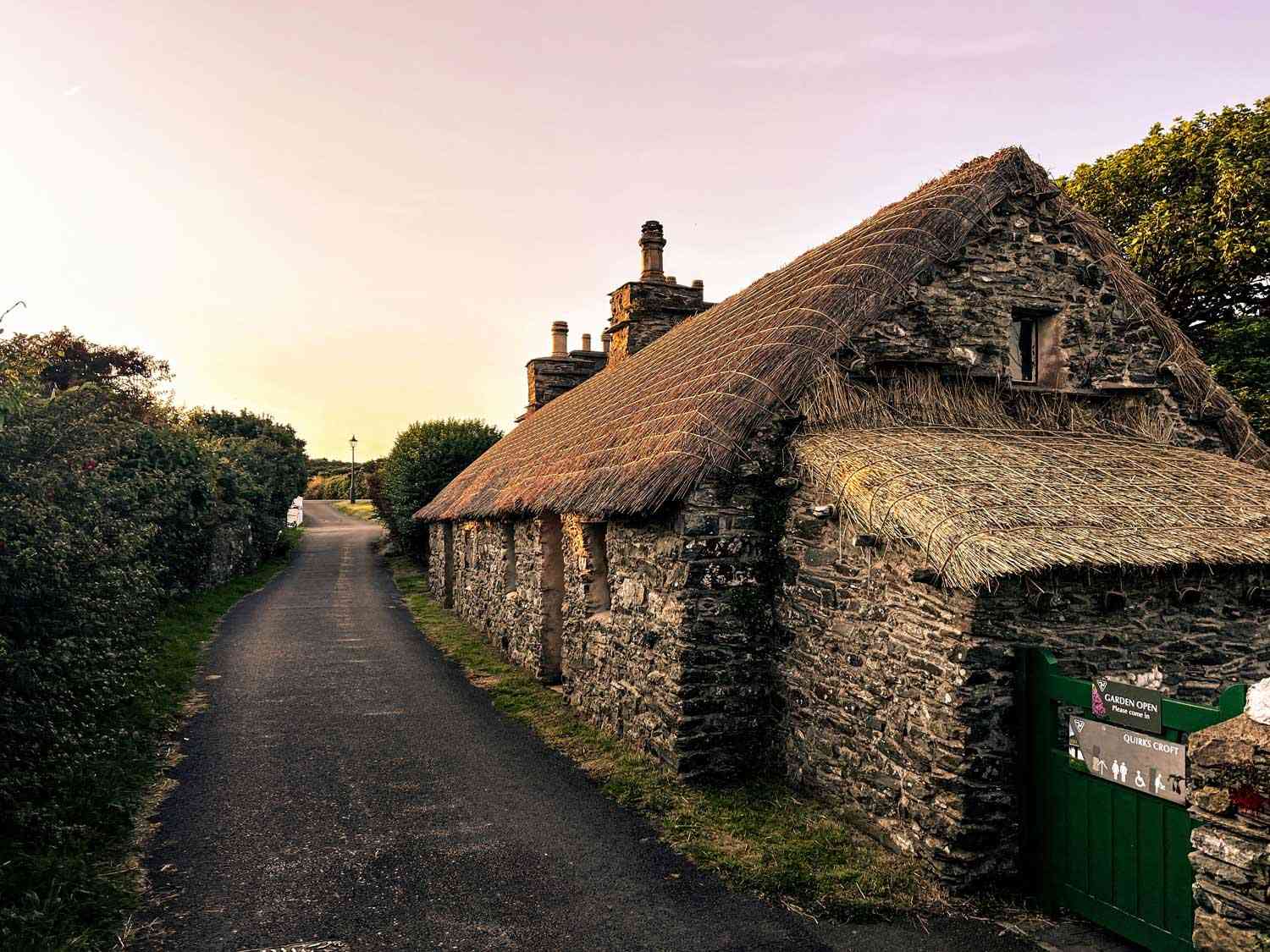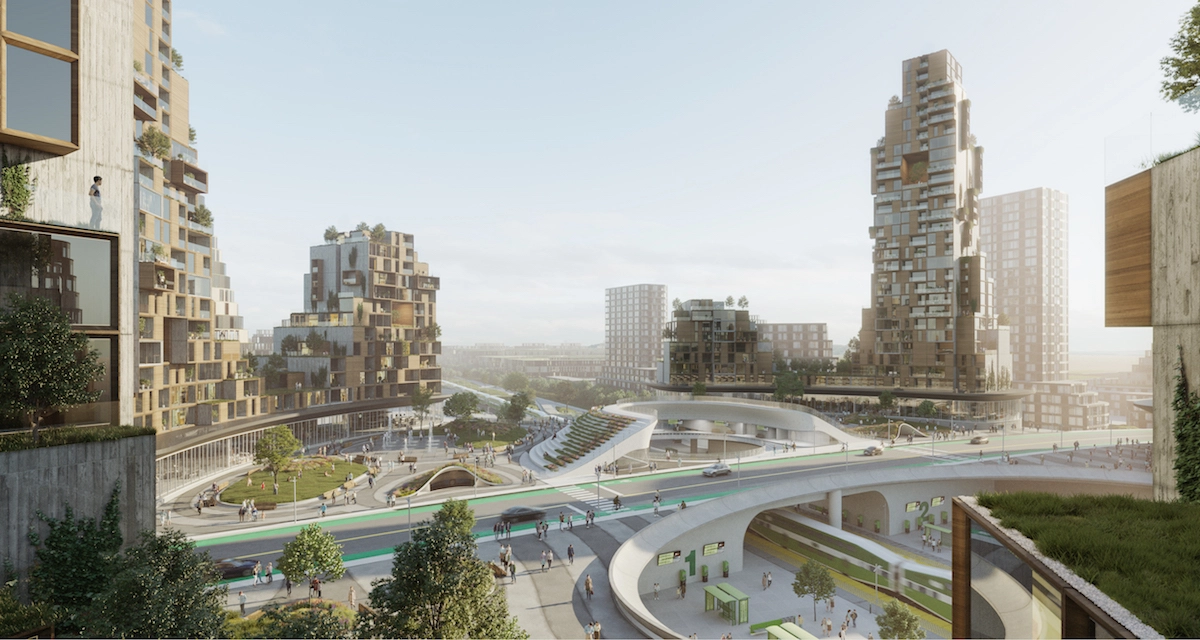The moment you see a designation notice through your letterbox, your first thought may be: how could my house be on a heritage list? It’s not a historic landmark, it’s not architecturally significant, and I bought it because it’s a blank canvas, not because it’s a characterful old building.
There are, of course, a few obvious exceptions to this sentiment. Few house owners find it a surprise when they receive a designation notice for their half-timbered Tudor cottage, Georgian terrace or 19th century townhouse.
But, for the most part, owners of houses with special architectural or historic interest are not always the people who would expect to be living in them.
Likewise, designation can also come as a surprise for the other side of the market: the architecturally unsophisticated terraces and cottages that are rejected for listing, even though many would look lovely on a heritage register. So what is the heritage listing criteria and why is it so at odds with public opinion?
Demystifying Heritage Listing Criteria
There are three main myths about what criteria a house should meet to get listed.
1. Age alone
2. Architectural merit
3. Typicality and character
1. Age is no guarantee
The big myth about listing criteria is that a building has to be a certain age before it becomes eligible for designation. Many people think a property needs to be Victorian or at least Georgian before it is worthy of being on a heritage register.
The UK heritage system is long established. It’s the job of Historic England and its counterparts in Scotland, Wales and Northern Ireland to maintain registers of buildings that have been given listed status because they are of special architectural or historic interest.
Properties typically become eligible for listing because they are considered important due to their architectural or historical interest. But age alone is no guarantee of a listing. Some properties built before 1700 will be old enough to meet the age criteria but have been altered so extensively that few, if any, of their original features survive, or may have been through so many historical phases that any traces of those original features have long since been lost.
A much-cited test case for getting onto the heritage list is the ‘30 year rule’, which acts as a general rule of thumb for setting a ‘minimum’ age. The 30-year threshold effectively says that, in order for a building to be considered for listing by Historic England and other statutory heritage bodies in the UK, it must be at least 30 years old. However, if there are exceptional circumstances that demonstrate a structure is of special architectural or historical significance, a building under 30 years old can still be eligible for listing.
2. Architecture matters but, perhaps surprisingly, it’s not always the reason for being on the heritage register
There is a general perception that a property needs to be architecturally significant in order to be considered for listing. This is often true. However, there are also important historical reasons that a building may be listed and, also important, why a building may be excluded from the heritage register even if it is quite an old and architecturally interesting building.
Take a bungalow for example: it’s the antithesis of an elegant Georgian townhouse. But would you be surprised to find it on the heritage register? A property of 1970s vintage is so recent it’s easy to forget that architectural styles and construction techniques changed significantly over those 70 years. A 1970s bungalow might be made from modern, synthetic materials, rather than wood or stone, but it could still meet the age criteria if built before 1940 and, if it is an unusual property for its period, it could be architecturally significant or of historical importance for a variety of reasons.
The whole post-war housing boom has been the source of increasing numbers of listings over the last few decades, and buildings from the 1970s and even the 1980s are regularly being given listed status for their architectural or social significance.
Why Your Grandmother’s Cottage May Not Be a Candidate for Heritage Listing
Your first thought might be to look at your grandmother’s cottage, with its thatched roof and mullioned windows but it’s often the case that traditional-looking homes may actually be less architecturally interesting or less historically important than they first appear.
Here are three main reasons:
1. Old is not the same as original. Cottages are wonderful, of course, and many cottages of any vintage will be considered for listing because they have historic and architectural merit. But it’s surprising how many older cottages that look as if they have been on the same plot for generations have, in fact, very few original features or may have been knocked together from bits of buildings at the end of the road.
Likewise, your grandmother’s cottage might have been modified extensively over the decades. The new windows, the garage at the side, the new roof: all of these will have been required for modern life and for the practical needs of a family home. But from a heritage perspective, every time original fabric has been replaced with a modern substitute, the character and historic interest of the building is diminished.
When it comes to listing or not listing buildings, authorities have to be selective and objective. It’s an inexact science because, by its very nature, heritage value is a subjective quality. But heritage bodies use clear criteria and these typically focus on the age and significance of the fabric that can be seen today in a structure.
A very old house can lose its heritage interest if it has been so heavily altered that few traces of the original building survive. Properties of historical interest, like your grandmother’s cottage, can lose their value as historical documents if modernisation has been extensive. This is because any evidence of previous building phases and the way in which houses were built and improved over the years has been erased. The value of historic buildings is partly in the survival of physical fabric from earlier periods and this can be diminished with modernisation.
2. Relative commonality. Another reason an old house may not be on a heritage register is its relative commonality and its relationship with other surviving buildings of a similar type. For example, while it is rare for medieval timber-framed houses to survive in anything other than fragmentary form, there are so many extant half-timbered buildings from the Tudor and Stuart eras that listing bodies have to be particularly discerning about what makes one example more important than another.
In the case of typical older cottages and thatched roof houses, it is often the case that they are simply not architecturally interesting or unique enough to warrant a place on the heritage list in comparison with the limited number of places available.
We are unlikely to see any kind of comprehensive register that documents and classifies all traditional buildings. Heritage authorities have limited budgets and can only list the buildings that, in their professional judgement, represent the best examples of historical and architectural styles or of important construction techniques.
3. Special architectural or historic interest. It is this notion of special architectural or historic interest that underpins the heritage registration system and what makes it so counter-intuitive for the public. Rather than a straightforward assessment of a building’s age or aesthetic appeal, it is the job of conservation bodies like Historic England to make professional judgements about a structure’s historical importance and architectural value.
Some buildings will be so rare or unusual that they become important historical documents in their own right, even if they are only of regional or local interest. Other buildings will be listed for a variety of reasons, including, for example:
* Pioneering design or technical innovation.
* Association with a particular architect or social history.
* A key example of an architectural or construction style.
Bungalows can easily fit into one of the categories mentioned above, making them as eligible for listing as their more ornate and traditional counterparts.
The Unlikely Heritage Status of a Bungalow
On the other hand, a bungalow might appear architecturally unremarkable to the casual observer and uninteresting historically, with few, if any, significant associations with heritage architects, designers or social change. However, at the point of its construction it may have been a design or construction pioneer, or a prime example of 1970s design or domestic architecture.
The fact that it may have retained significant features of its original design and construction, with few modern alterations, could well mean that it now has the kind of historic and architectural interest that would be desirable for a heritage list.
This interest could be for a variety of reasons:
* It may be an important example of a construction or design technique that is now no longer used;
* It could represent a social or historical trend: for example, a typical council house from a development of a specific decade;
* It may have retained features that were modern or innovative at the time of its construction.
Properties of the early to mid-20th century have increasingly been meeting the criteria for heritage status. Modernist buildings, such as those in the Bauhaus style, have been listed for their innovative design and use of new materials and techniques. The Brutalist architecture of the 1950s and 1960s, with its bold use of concrete and geometric forms, was once considered unfashionable but is increasingly being recognised for its architectural and historical significance.
Even commercial properties that were once seen as mundane or unattractive, such as 1970s shopping centres or office blocks, can now be considered for listing due to their historical importance as part of the UK’s post-war redevelopment and urbanisation.
When you look at it from the other side, a building can easily be on a heritage register for one or more of these reasons. In our imaginary bungalow example, the building is of a recent vintage but it is also likely to be an example of post-war design that was modern and innovative in its day. In the 1970s, there was a particular emphasis on prefabricated housing and community design, so this bungalow could have been part of a wider social and architectural movement that was significant in its own way. It may also be associated with a particular architect or housing development programme that has since become historically important.
If a property like our bungalow were to be listed, it would likely be because it is a good example of a specific design or construction technique from the 1970s. It would have survived with few alterations and thus be able to provide a clear and direct connection to that time period. This could include original fittings and fixtures, interior layouts and even garden designs, all of which provide a tangible link to the past.
The building may also have been designed by an architect who was influential or important in their time, but whose work is now underappreciated. The history of architecture is not static: buildings that were once seen as unremarkable or even undesirable can become valued for their historical and architectural interest as time passes.
Remember also that, when you look at it from the other side, a building can easily be on a heritage register for one or more of these reasons. In our imaginary bungalow example, the building is of a recent vintage but it is also likely to be an example of post-war design that was modern and innovative in its day. In the 1970s, there was a particular emphasis on prefabricated housing and community design, so this bungalow could have been part of a wider social and architectural movement that was significant in its own way. It may also be associated with a particular architect or housing development programme that has since become historically important.
Likewise, a building that is not architecturally significant today may become significant in the future. Changes in taste and fashion can lead to the re-evaluation of architectural styles and, as our understanding of history and architecture evolves, buildings that were once overlooked may come to be seen in a new light.
This is particularly true for more recent buildings. The architectural history of the 20th century is still being written and buildings from the last few decades are increasingly being recognised for their historical and architectural significance. Buildings that were once seen as temporary or expendable are now often protected for their social and historical importance.
In conclusion, heritage listing criteria can be surprisingly at odds with popular perceptions of what makes a building worth preserving. While age and architectural beauty are important factors, they are not the only criteria that matter. Historical significance, social value, and the building’s role in telling the story of our past are equally, if not more, important.
For property owners, this means that even modern or seemingly unremarkable buildings can be at risk of listing if they meet the criteria for special architectural or historic interest. It’s a reminder of the complex and often subjective nature of heritage conservation and the importance of understanding and engaging with the process.






